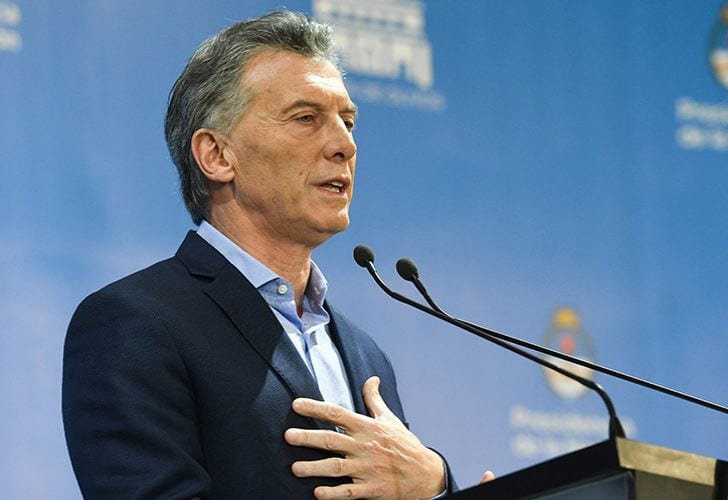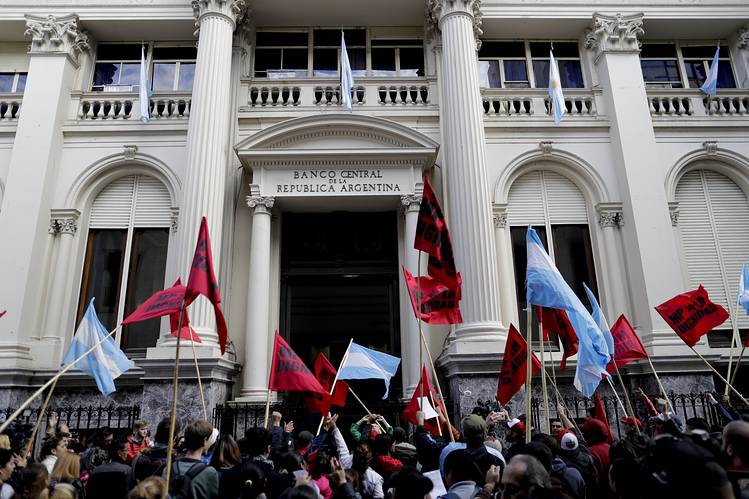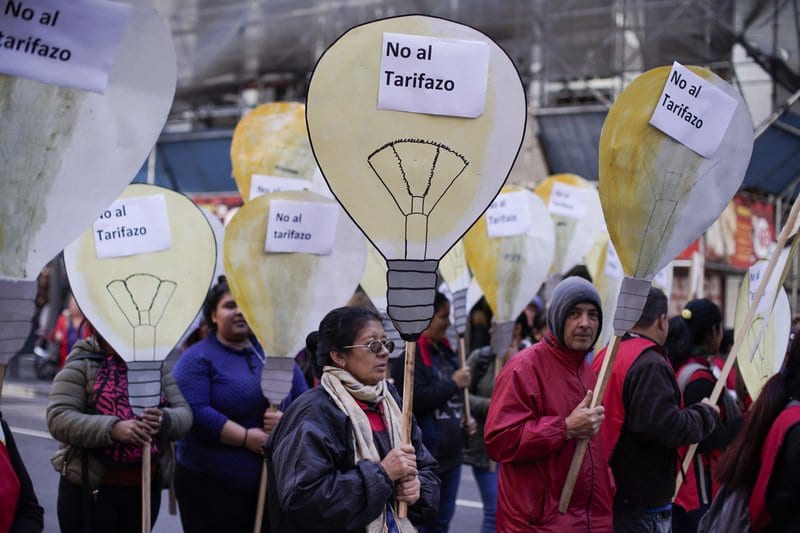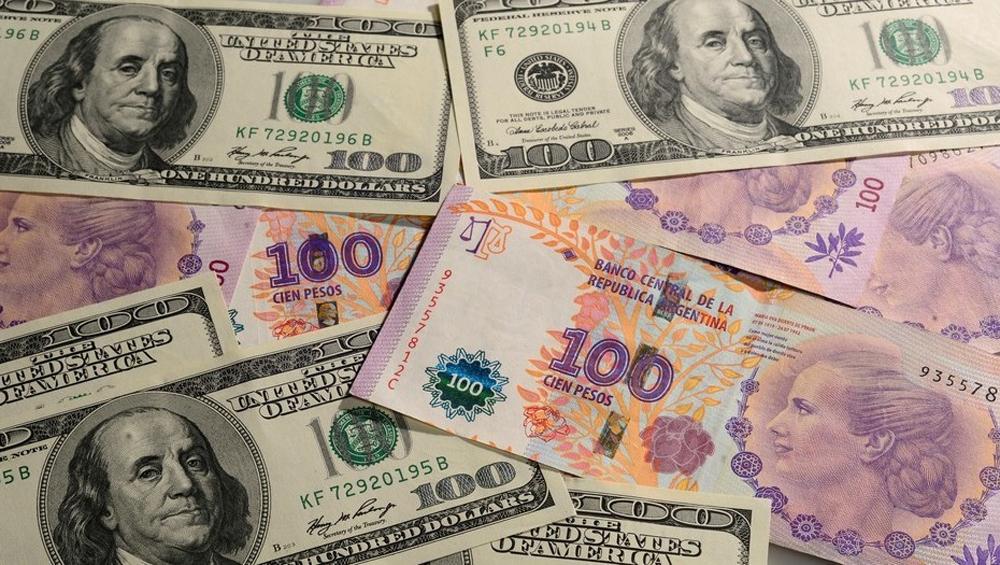On April 17, the Argentine government announced the adoption of a whole anti-crisis “package” of measures aimed at curbing galloping inflation and boosting consumption. These measures are a freeze in the prices of basic foodstuffs, as well as tariffs for gas supply and electricity. For the most part, the duration of such restrictions is limited to six months and will end before the presidential elections in the country. How does the team of Mauricio Macri intend to continue to “get out” of the economic crisis? What prospects might Argentines expect in the coming years?
In 2018, Argentina experienced a currency crisis and a surge in hyperinflation. Then the annual rate of inflation reached 47.6%, the GDP fell by 2.5%, and unemployment and poverty rose sharply. Such data very clearly demonstrated the deep problems of the Latin American country – the Argentine economy has shrunk 4 times in the last seven years.

The main promise of the government that came in December 2015, led by the President Mauricio Macri, was a radical revision of economic policies aimed at foreign direct investment, which was expected to lead to a steady increase in productivity. However, according to financial analysts, the currency crisis, which broke out in April 2018, underlined the inconsistency of such a political approach.
In this situation, the Argentine government turned to the International Monetary Fund, received a reserve loan of $ 57 billion – the largest in the history of the IMF. After such measures, the Macri government agreed on a new approach to correct the macroeconomic imbalances in the state. However, the terms of the loan agreement are constantly changing, as investors have already lost confidence in the economy of the Latin American country.
Further events developed rapidly. Last June, the IMF approved a new deal with Argentina, and the government made a decision: instead of spending the received funds, it will use them to increase liquidity and restore confidence in the international market. However, when the Argentine peso continued to fall, the government and the IMF agreed that Argentina would use the loan to pay off its debt obligations, as well as to prevent the threat of default in 2019, because it was then that the new presidential elections would be held.
The economic situation is still very unstable and “fragile”. One of the reasons is that a large part of Argentina’s public debt is denominated in foreign currency. Representatives of the IMF say that the country’s debt “remains stable, but not with a high probability”. According to experts, the real test of the stability of the Argentine economy will begin in 2020.
It should not be forgotten that, on the one hand, the IMF-supported macroeconomic plan of restraining fiscal and monetary policy will contribute to the prolongation of the current recession. Moreover, the monetary approach, as events show, repeats some of the fundamental mistakes made before the currency crisis.

While the Macri government planned to gradually reduce the budget deficit, the Central Bank of Argentina used a much tougher approach to curbing inflation. At the same time, it relied on two basic principles: government policy will guide the economy on the path of sustainable growth, and higher interest rates will be effective for stabilizing prices.
Both beliefs were catastrophically wrong. Investments in the real economy are largely not justified. And high interest rates have attracted short-term speculative portfolio capital, which made the Latin American country and the Argentine peso vulnerable to a sudden change in sentiment in the global market.
The package of measures adopted on April 17, which will be in effect from the beginning of May, is the result of the agreement of the government of Mauricio Macri with the 16 largest food producers in the country. This agreement provides for the freezing of prices for about 70 kinds of consumer goods, among which the most significant ones are flour, butter, rice, pasta, dairy and bakery products, sugar and beverages. All products are included in the Argentinean grocery cart. Another bonus of such a food program was the fact that more than 18 million Argentines, social security participants, will be able to qualify for additional discounts of 10 to 25% on all goods in stores and pharmaceuticals in pharmacies.

Another point of the agreement reached was the containment of the increase in tariffs for gas supply, electricity and public transport until the end of the current 2019. In addition, the previously planned tariff changes will be compensated to supplier companies from the state budget. In turn, mobile operators will freeze prices for the provision of their services for five months. Pensioners and families receiving social benefits, will be given the opportunity of preferential conditions for lending. According to the government, such a package of measures will also take into account the interests of small and medium-sized businesses, which will be allowed to restructure their debts on more favorable terms.
According to Mauricio Macri, the measures taken will be aimed primarily at curbing inflation, the level of which has already exceeded 50% over the past year. Latin American political analysts argue that by taking such steps that are more characteristic of the “left” regimes, the staunch liberal Macri wants to enlist the support of the low-income strata of the population and thus increase their chances of winning the presidential elections to be held in Argentina in October of this year. Nevertheless, according to the latest public opinion polls, the main rival of the current Argentine leader, ex-president of the country, Cristina Kirchner (Spanish – Cristina Elisabet Fernández de Kirchner), surpasses Macri in the first round of elections and wins in the second.
The new government will have to be very difficult, because in 2020 the situation with debts will become particularly relevant. The next leader will have to try to restore access to international credit markets, but Argentina already has big debts. If the economy does not show signs of rapid growth in less than a year, there will be a number of new problems. In this scenario, higher costs for the renewal of debt will be a dangerous factor for the economy, since the government will have to allocate a larger share of the country’s income in foreign currency to pay off debt.
The government chosen in October will face two unpleasant situations: a “straitjacket” with higher debt payments, greater decision making and a recession or a painful restructuring of debt obligations with uncertain conditions and a very vague outcome.
However, all world analysts agree on one thing. In order to avoid another debt crisis, Argentina will need a steady and solid economic growth. Although there are no scenarios for the Argentine “economic miracle”, a change in the current macroeconomic policy could at least give the Latin American country a chance.


